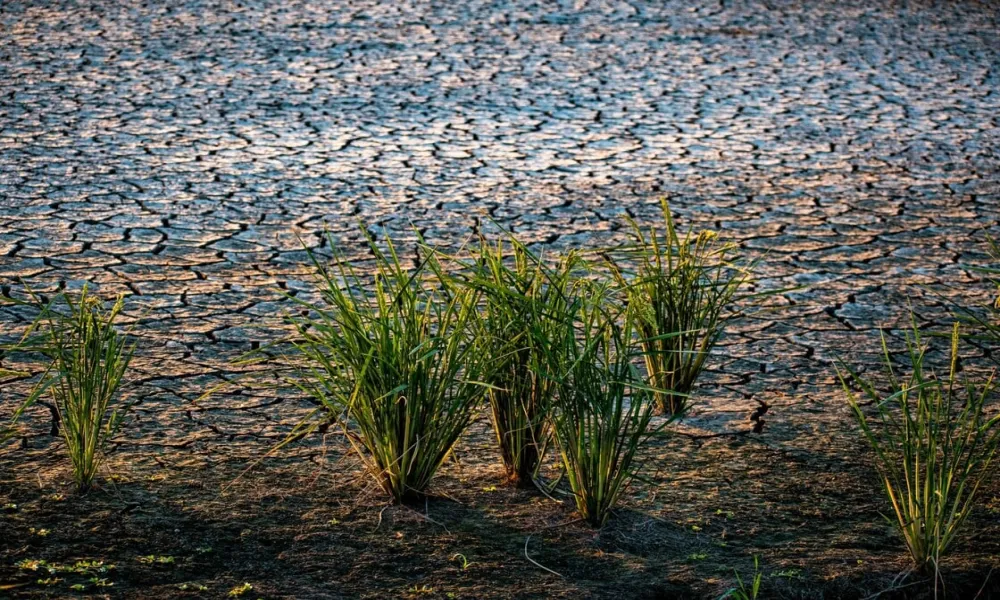A new five-year stocktake by the European Environment Agency (EEA) says the EU is on track to meet just 2 of 22 environmental goals. Yes, greenhouse-gas emissions are down and air quality has improved, but “the overall state of Europe’s environment is not good,” the EEA cautions. The agency flags fast-rising climate risks, stubborn pollution, dwindling biodiversity and faltering progress on the circular economy.
Climate extremes are mounting
Europe is warming roughly twice as fast as the global average. That acceleration is translating into more frequent and intense droughts, wildfires and floods. From 1980-2023, weather- and climate-related extremes caused 240,000+ deaths and €738 billion in losses across the EU, €162 billion since 2021 alone, over half of which were uninsured. The EEA warns the window for effective action is narrowing.

Water, nature and health under pressure
Only 37% of EU surface waters were in good or very good ecological status in 2021. Agriculture remains a primary pressure on rivers and aquifers through nutrient and pesticide loads, while climate change heightens competition for scarce water among farms, industry and cities. Biodiversity continues to erode: 80%+ of protected habitats are in poor condition; 60-70% of soils are degraded. Air pollution still causes an estimated 239,000 premature deaths annually, with noise linked to 66,000 more. “Forever chemicals” (PFAS) and other contaminants impose tens of billions in yearly health costs.
Circularity still lags and the economic stakes are real
The EU’s circular material use rate has barely budged, 11% (2010) → 11.8% (2023), even as more than half of global GDP, and three-quarters of euro-area bank lending, depend on ecosystem services and natural resources. The EEA frames climate and environmental degradation as systemic economic risks, and points to growing insurance gaps as losses from extremes climb.
Cyprus and the eastern mediterranean: the hotspot reality
Against this backdrop, Cyprus and the wider Mediterranean are “among the most vulnerable climate ‘hotspots’ in the world, already facing hotter and drier summers,” Agriculture, Rural Development, and Environment Minister Maria Panayiotou said on Monday. Speaking at COMECAP 2025 -the International Conference on Meteorology, Climatology and Atmospheric Physics- she stressed that climate change, extreme events, air quality, renewables and sustainable resource management “are not distant concerns but real challenges for Cyprus and the Mediterranean.”

Hosted in Nicosia (Sept 28-Oct 1 2025), COMECAP’s 17th edition brings together researchers and institutions from Greece, Cyprus, Europe and international bodies. Organized by the Hellenic Meteorological Society and hosted by the Eratosthenes Center of Excellence at the Cyprus University of Technology, in collaboration with the Cyprus Meteorological Department and others, the conference underscores Cyprus’s role as a regional hub for climate science and cooperatio, its second time hosting COMECAP since 2004.
How cyprus is responding
Minister Panayiotou said Cyprus is moving decisively by investing in agrometeorological services, deploying new technologies, and strengthening ties with the academic and research community to find practical solutions for agriculture, biodiversity, and water-resource sustainability. The goal: turn cutting-edge observation and modeling into field-ready tools farmers, utilities and planners can use as heat, drought and water stress intensify.

What needs to happen next
The EEA urges faster, deeper action: scale up climate adaptation (especially water management, agriculture and infrastructure), accelerate investment in renewables and low-carbon technologies, and fully implement the Nature Restoration Regulation, restoring 20% of EU land and sea by 2030.
Without a sharper pivot, Europe risks crossing ecological and socio-economic tipping points from which recovery will be far harder.
For Cyprus and its Mediterranean neighbors, the message is even starker: the climate has already shifted. The task now is to match sobering science with practical policy, linking European ambition to regional action where the impacts are most acute. The question remains: is Cyprus doing enough, moving beyond pledges to concrete, funded projects with deadlines and results on the ground?
